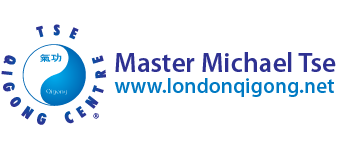Master Tse’s Qigong Dao #73
Horse Stance馬步樁 Part 4 As we mentioned before, when we practise High Position Horse Stance it is similar to many other kinds of Zhan Zhuang站椿. The Baihui百會穴, Huiyin會陰穴 and Yongquan points涌泉穴 are in a vertical line and the feet are shoulder width apart. When we practise the Medium Position, all the principles are the same, […]
